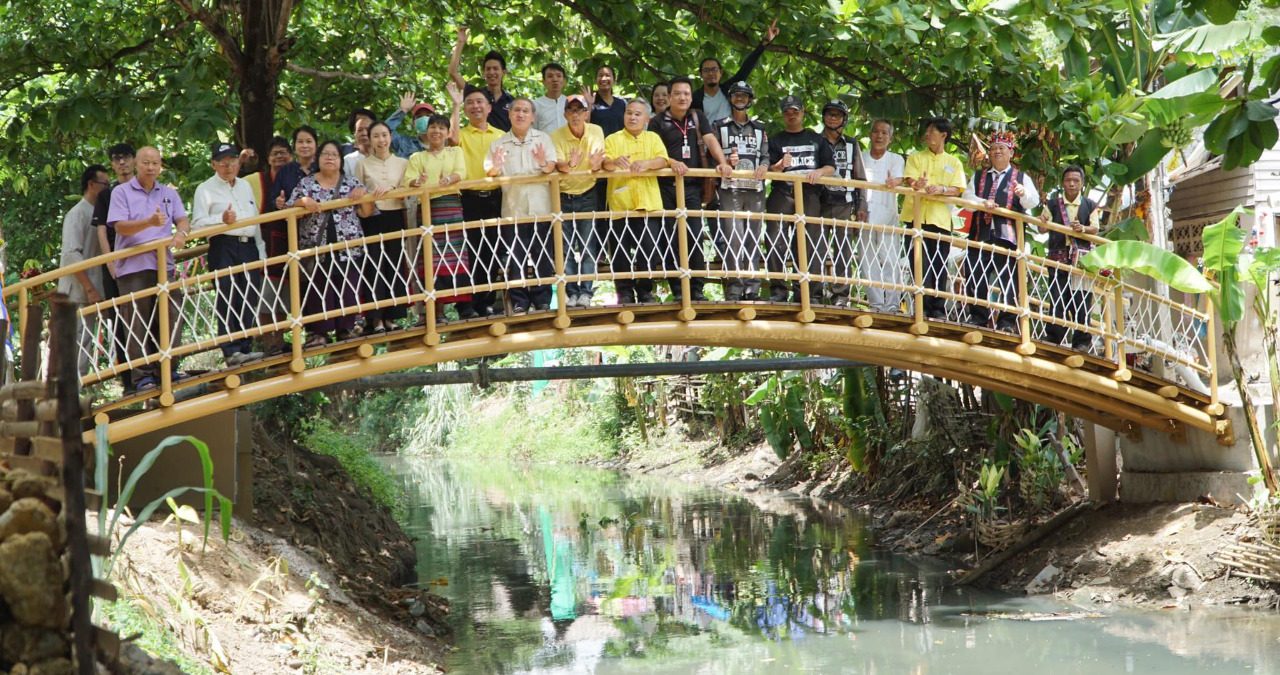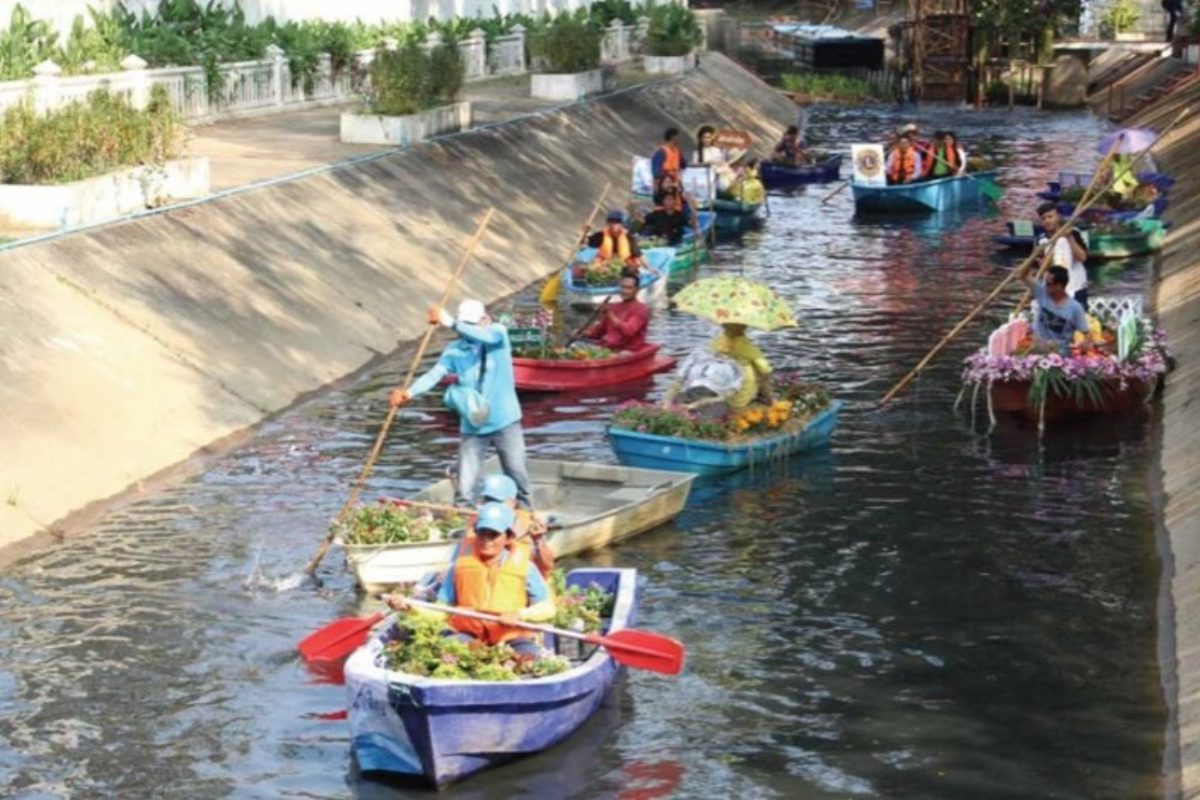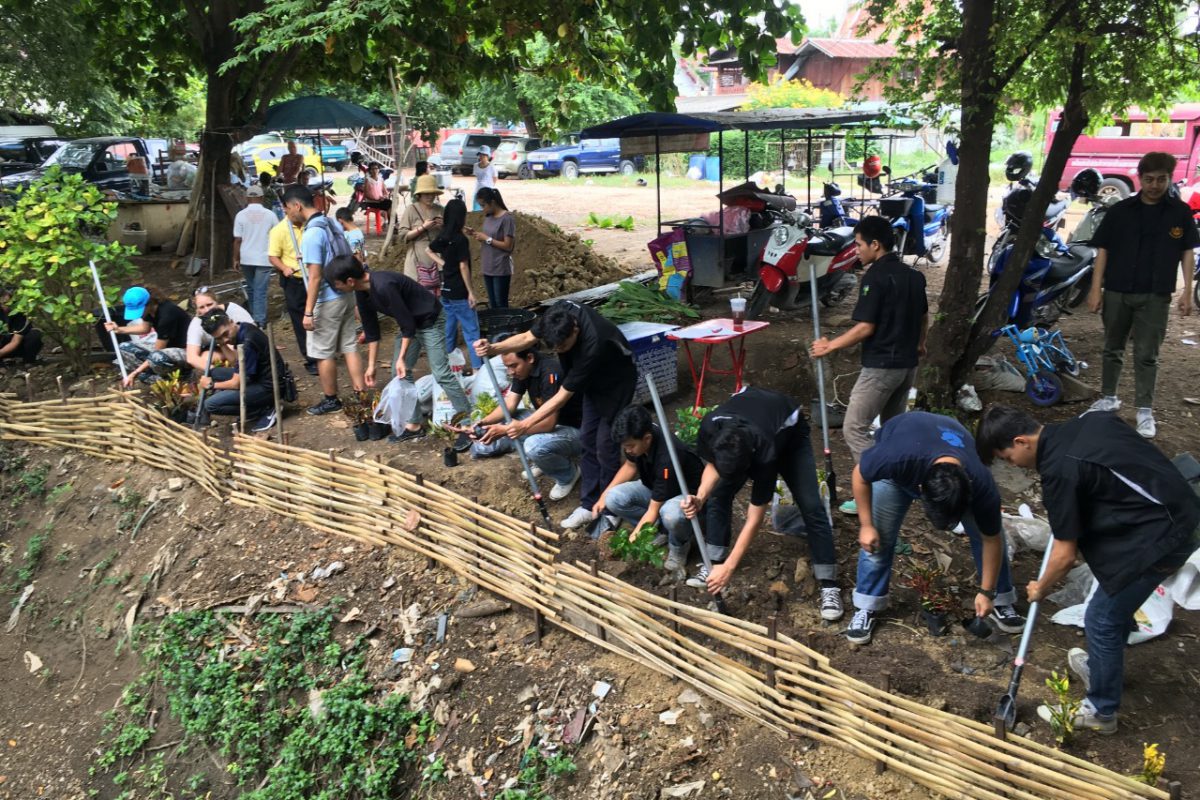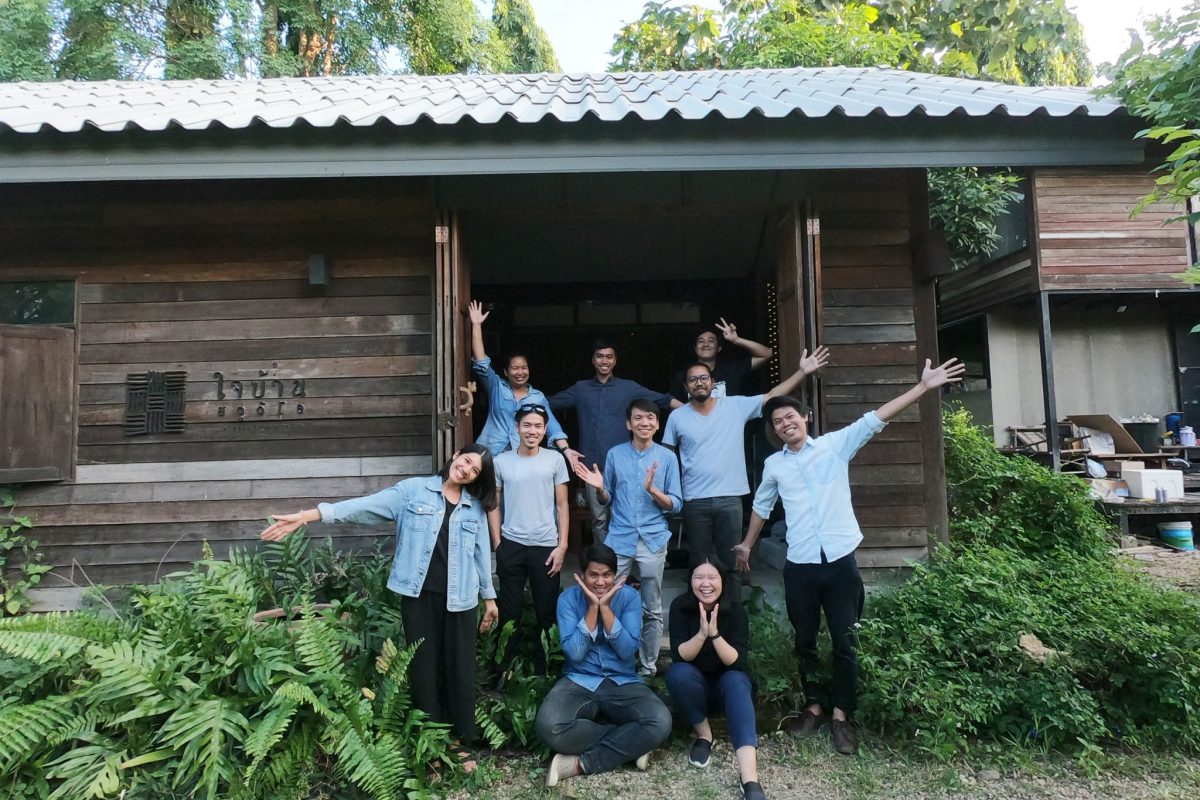
Keep up with our latest news and projects!

Imagine Maekha is a campaign initiated by a group of architects, civic groups, and community networks along the Maekha Canal together with the Chiangmai Municipality in Thailand. The goal of this project is to use a participatory design approach to promote ideas for the revitalisation of Maekha Canal to the public and to related government agencies.
Maekha Canal is a historic piece of Chiangmai City which dates back about 500 years. In the past, it functioned as an irrigation canal to serve rice paddies in the area and helped to protect the city walls from flooding during monsoon season. Nowadays the canal has been engulfed by rapid urbanisation, bringing pollution and transforming previously vacant spaces along the waterway from natural wildernesses into informal settlements. Some archaeological remains and ruins have even been encroached on by informal settlers, houses, and various other structures. Indeed, the relationship between human and nature around Maekha Canal and in greater Chiangmai City seems to be in disarray.
Over the last 30 years, there were many infrastructure projects initiated by the government to try to improve the area’s quality of water, sewage systems, and canal-side development. But all of these projects failed; the canal is still dirty with trash and run-ons from sewage and greywater, and local communities living along the canal remain underprivileged. One reason why is that these projects lacked any participation from local residents and that they were implemented with little vision to integrate canal development into new urbanisms.
With the Imagine Maekha campaign architects from JaiBaan Studio and key partners are proposing a master plan to upgrade Maekha Canal and adjacent areas, which runs through the historic city for some 4.7km. This master plan tries to integrate key elements of canal development into an urban design solution: improving water quality, solving the housing crisis with affordable housing, proposing non-motorised transportation options and green economics, adding more green public space, and revitalising the cultural value of the place.
In the past two years, the Imagine Maekha team organised various events and activities to raise awareness and public interest. Some activities focused on urban professional groups, such as a design service workshop with professional architects and urban planners, or a seminar on water management. Some focused on community engagement like an event for boat riding, art activities with children, and a series of community meetings to set up funding mechanisms to sustain the movement of the canal network. And some activities focus on engaging local authorities to create a common platform to work together towards further canal development.

The community bridge was a project which started with a humble process. On Maekha Canal, there was an old bridge that connected the community to the rest of Chiangmai City. For years, people crossed this bridge to go to the market, local hospital, and the temple. When the old iron bridge nearly collapsed, people started collecting money to build a new one. During a monthly meeting, this news about the bridge was discussed with the Imagine Maekha team.
“We came up with the idea of building a new bridge that could put forward a new, positive image of the canal community. It should be creative in design and should involve the participation of the community in the construction process. With this rough idea, we organised a public space designing workshop to gain more ideas and contributions from local residents. Then we raised funds for the project through the Imagine Maekha Facebook page, which we used to top-up the money that people had already started to collect,” tells Thanawin Wijitporn, co-founder of JaiBaan Studio.
As more people heard the story of how this project was initiated by the community and the Imagine Maekha team, the project gained a lot of contributions and support from various groups. Today the bridge has been finished physically, and at the same time the social relationship between the community and the city has been bridged. During the inauguration ceremony, many people participated, including local authorities, individuals, visitors, children — all proud of their contribution to the successful project.




Through the process, the community members who were involved in this small project have gained more confidence to enter in discussions and dialogue with local authorities. After the success of this small upgrading where local residents took the key role, a working platform among various local authorities with the municipality has been established. And now they are more active and interested to extend the project, looking to improve a 755m long area on both sides of the canal to connect the inner community to the main road.
As the project facilitator, Thanawin Wijitporn shares ten words of wisdom that they have learned from the working process with the community: